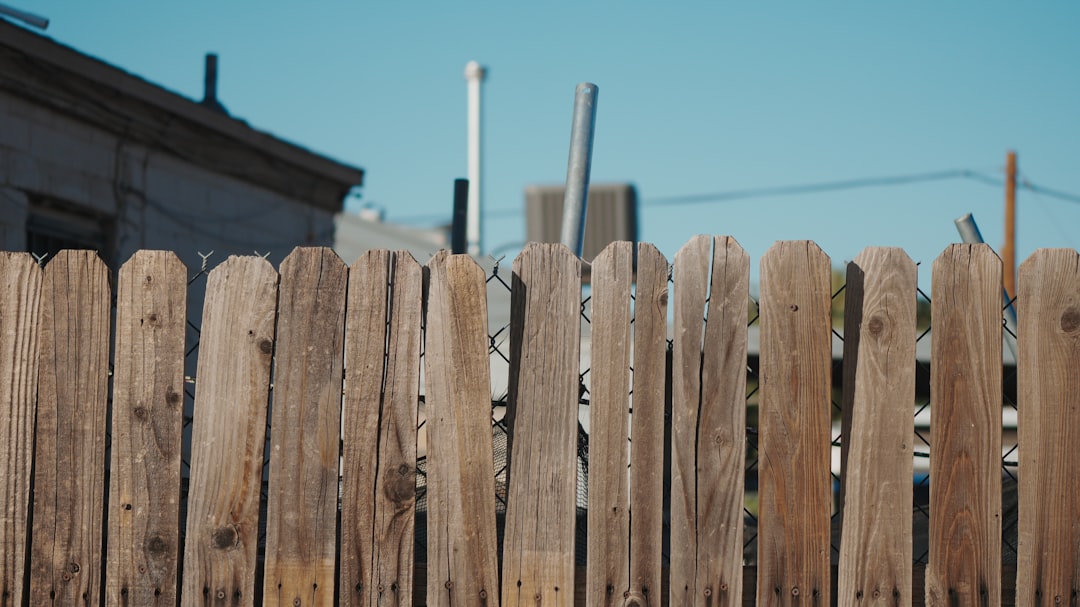
In Dallas, TX, selecting the right fencing is crucial for both aesthetic appeal and structural integrity. With costs ranging from $10 to $35 per linear foot depending on material, understanding your options is key. This guide explores the top fencing materials, local regulations, and professional insights to help you make informed decisions.
Understanding local regulations is essential. Dallas Development Code Chapter 51A outlines specific requirements for fence height and placement. CountBricks ensures compliance by integrating these rules into our AI-powered estimates.
Here are the median material costs per linear foot as of Q2 2025:
Labor costs in Dallas average $12-$16 per linear foot, covering all aspects of installation. CountBricks provides precise estimates by combining these rates with your specific project dimensions.
Dallas's clay soil requires specific footing techniques to prevent movement. CountBricks recommends 24-inch-deep footings with reinforced concrete to ensure stability.
CountBricks offers rapid, accurate estimates, allowing contractors to focus on expanding their business. Our platform provides detailed cost analyses and historical data to optimize project planning.
Ready to start your project? Create a free account at CountBricks.com and explore our AI-driven tools for precise, reliable estimates.

A Frisco homeowner needed a stronger fence after wind damage. Using CountBricks, they explored options and chose a hybrid build with steel posts, reducing future repair costs by 70%. The project was completed efficiently, demonstrating the effectiveness of our platform.
Whether you're a contractor or a homeowner, CountBricks provides the tools you need for efficient project planning. Visit CountBricks.com to learn more.